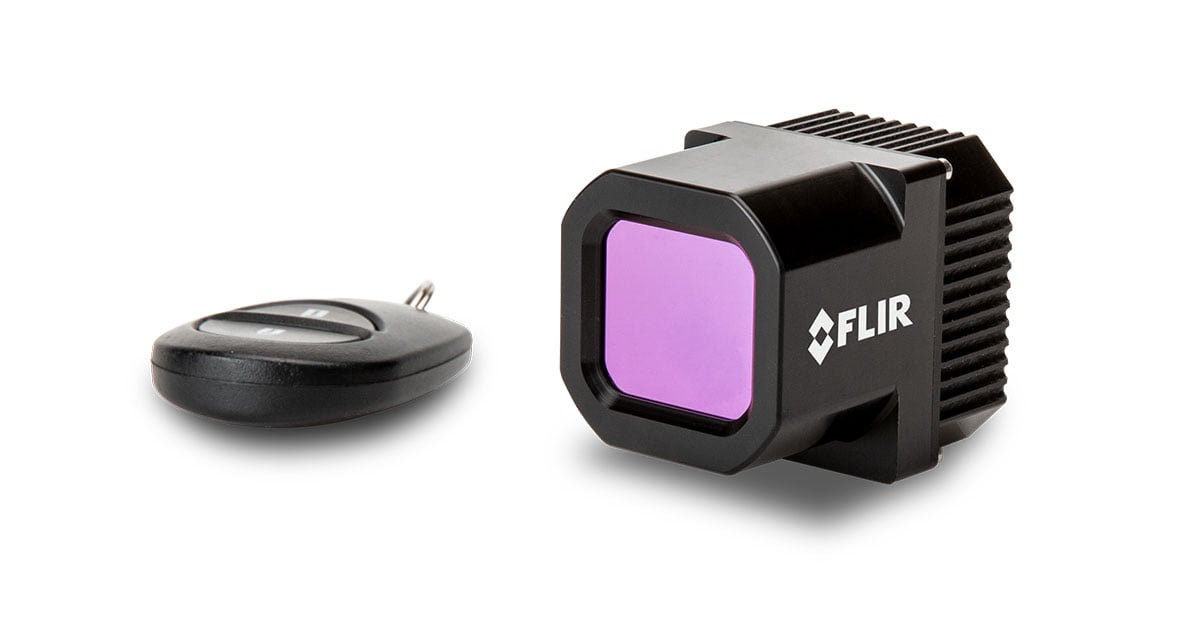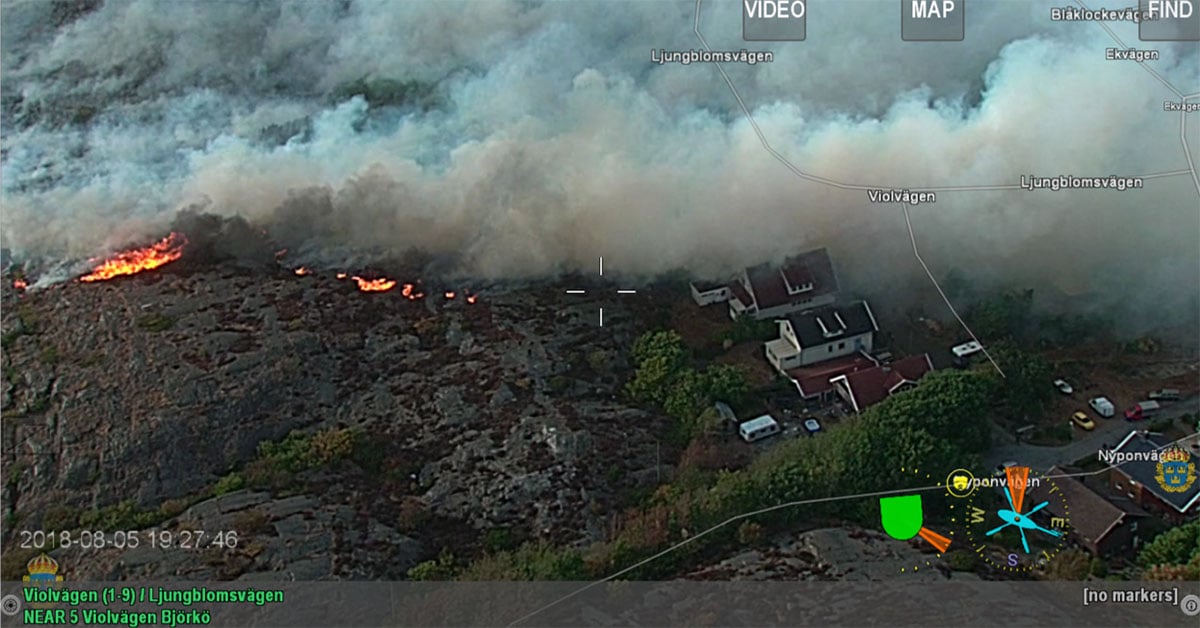Triggering a camera at full frame rate
Last Revision Date: 3/28/2016
This article describes the steps required to trigger a camera at full frame rate.
The trigger can come from either an external hardware source or software command. Consider the following recommendations when attempting to trigger a camera as close as possible to the full free-running frame rate.
- The firmware on the camera must support overlapped triggering (IIDC Trigger Mode 14). The latest camera firmware versions and release notes can be found on our downloads site. See "Maximum frame rate possible in asynchronous (external) trigger mode" for details of the limitations of overlapped triggering.
- The exposure time should not exceed the maximum exposure time possible when running in free-running mode. For example, if the maximum exposure time running in free-running mode at 200 FPS is 5 ms, then ensure the exposure time is kept below that maximum. As the exposure time increases beyond that, the maximum triggered frame rate decreases.
- The trigger signal electrical characteristics must be within the specifications required by the camera. Specifically, it should be a TTL logic level pulse (0 to +3.3V), with an appropriate minimum pulse duration. For example, to trigger a camera at 160 FPS, the pulse period must be 6.25 ms. A 50% duty cycle (3.125 ms) is ideal.
- Ensure that the trigger is armed before issuing the next trigger. Refer to the trigger examples in the SDK.
- If the trigger comes from a software trigger command, be aware of the latencies discussed in "Time between software asynchronous trigger and start of integration."


